
Coping with the stress of social distancing
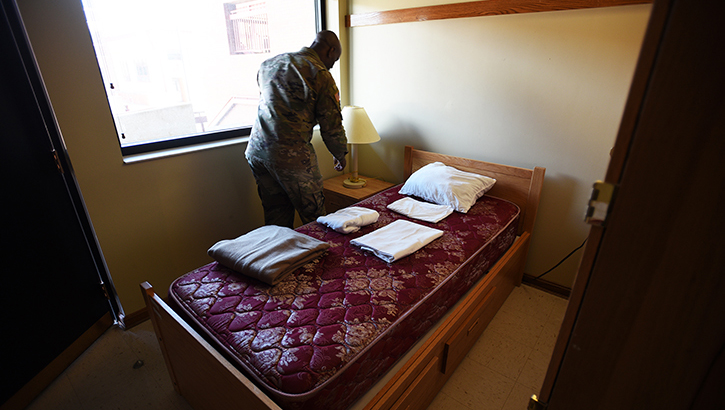
Service members and their families will quarantine at Fort Knox if they come into contact with a person potentially infected with COVID-19. (U.S. Army photo by Eric Pilgrim)
Social distancing recommendations by the Centers for Disease Control and Prevention are now in place across the nation in response to COVID-19. It’s understandable that during this time, people may experience increased anxiety and stress levels as they limit social interactions and spend long stretches of time at home. The Substance Abuse and Mental Health Services Administration or SAMHSA recently issued a tip sheet with advice and resources to support behavioral health during periods of social distancing or quarantine that result from a disease outbreak.
Ways to Cope
- Limit COVID-19 media consumption: Avoid 24/7 watching of news programming for updates on COVID-19 because it may lead to increased anxiety.
- Find credible news sources: Constant media reporting during a public health crisis may create impressions of increased risk and danger to people. Look to credible sources issuing guidelines and recommendations, such as the CDC and World Health Organization, which often serve as the primary source for media outlets. Sign up for emergency alerts through local governments.
- Use technology to connect with others: Talking with loved ones while in isolation can help reduce levels of anxiety and boredom. In today’s digital age, there are a variety of ways to stay in contact with people, including phone, email, text, and social media. Video calling platforms allow face-to-face interactions from the comfort of your home. Playing online games with friends and family can also offer an engaging way to feel connected.
- Practice self-care: Physical health can play a role in mental health. Take time to relax by stretching, practicing deep-breathing exercises, or meditating. Enjoy fun activities. Keep a journal listing the positive things in life.
Anxiety and fear over personal health or the health of loved ones are typical reactions to a global pandemic. Other feelings can include anger, frustration, and boredom over the uncertainty of when life will return to “normal.” Be aware that in situations of high stress and loneliness, some people may experience symptoms of depression or post-traumatic stress disorder. Anyone experiencing a concerning or significant level of anxiety or stress, or if any of these symptoms last for two or more weeks, should call a health care provider or behavioral health professional.
For more information, including a helpful list of resources and hotlines, refer to SAHMSA’s four-page publication, Tips for Social Distancing, Quarantine, and Isolation During an Infectious Disease Outbreak.
Meeting Italian COVID-19 requirements, Army reopens dining facility
Article
3/31/2020
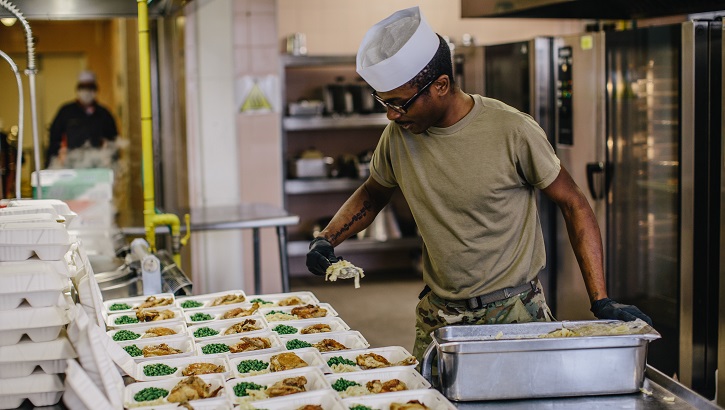
The dining facility is fully operational, even providing food deliveries to people in quarantine
Possible changes at MTF pharmacies in response to COVID-19
Article
3/31/2020
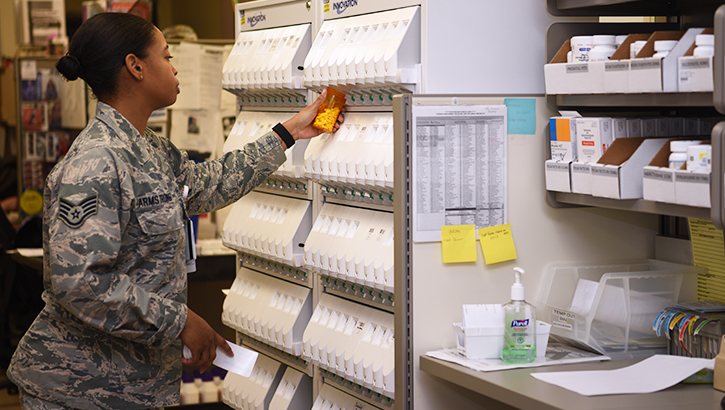
Find out the latest pharmacy policies at MTFs
Tiered Telehealth Health Care Support for COVID-19
Publication
3/31/2020
This memorandum establishes guidance for the use of Telehealth (TH) Information Technology (IT) tools in support of the clinical care required for patients across the spectrum of COVID-19 illness
Policy Exception for Telehealth Use for ABA during COVID-19 Pandemic
Publication
3/30/2020
Communication to ABA Providers Regarding Temporary Authorization to Utilize Telehealth for CPT Code 97156 During the COVID-19 National Emergency
Q & A: Policy Exception for Telehealth Use for ABA during COVID-19 Pandemic
Publication
3/30/2020
Question and Answer: TRICARE Autism Care Demonstration (ACD): Regarding Temporary Authorization to Utilize Telehealth for CPT Code 97156 during the COVID-19 National Emergency
MHS Minute Combatting COVID 19
Video
3/30/2020
Agencies across the federal government are partnering up to combat COVID-19. Find out how the Military Health System is doing its part to support the U.S. response to this pandemic, while ensuring our Service members remain ready.
USNS Comfort to join New York's COVID-19 fight
Article
3/30/2020
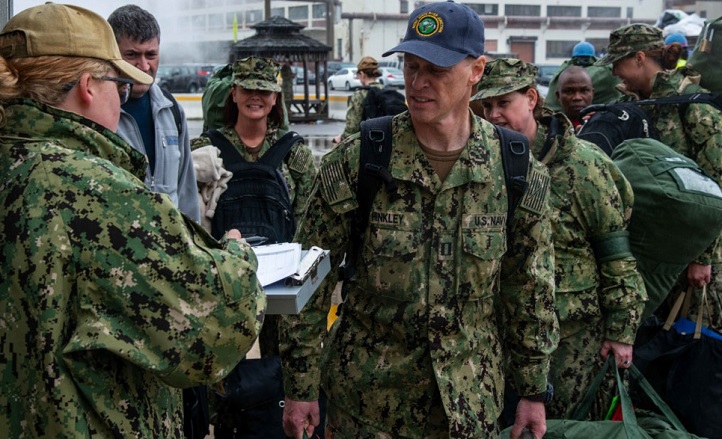
The Comfort is 70,000-ton message of hope and solidarity to the people of New York, said Trump
Defense Health Agency takes action against COVID-19
Article
3/30/2020

From call centers to hospital reform, the Defense Health Agency is working quickly to keep citizens safe from the novel coronavirus
200 new doctors, nurses to join military medical ranks early
Article
3/27/2020
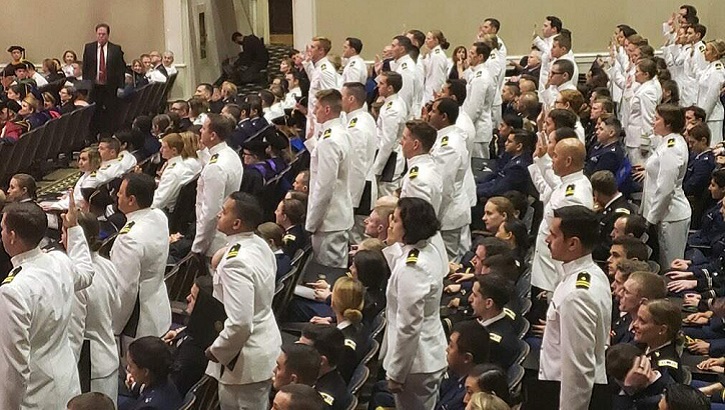
Military medical students will be graduating early to support the Military Health System amid the coronavirus pandemic
Military scientists, engineers develop ventilator prototype in response to COVID-19
Article
3/27/2020
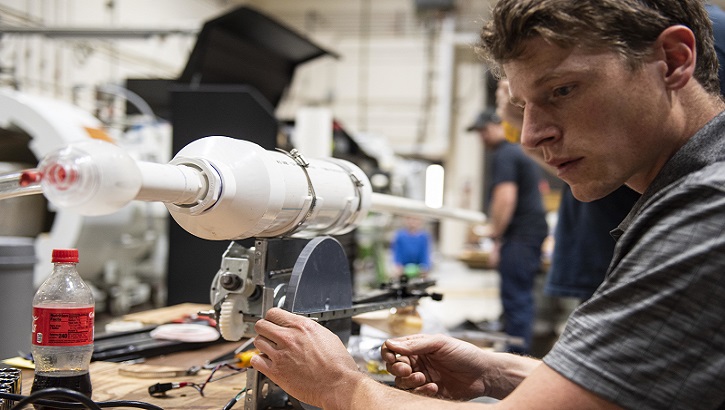
The team decided that building ventilators was how they serve the best at a time like this.
In a COVID-19 world, pace yourself to stay resilient and avoid burnout
Article
3/26/2020
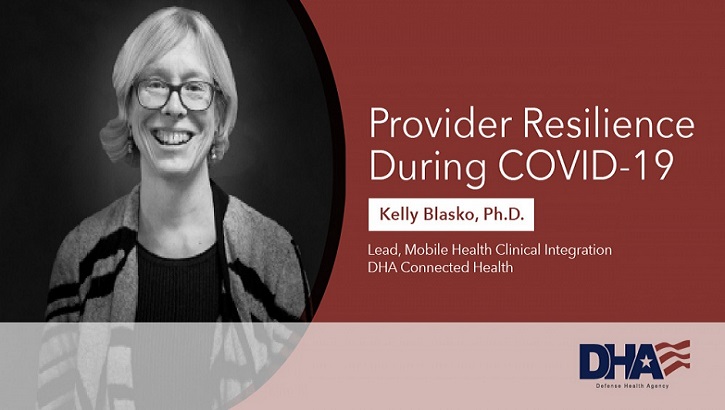
Our response to COVID-19 is a marathon, not a sprint
Need for blood donations constant despite COVID-19
Article
3/26/2020
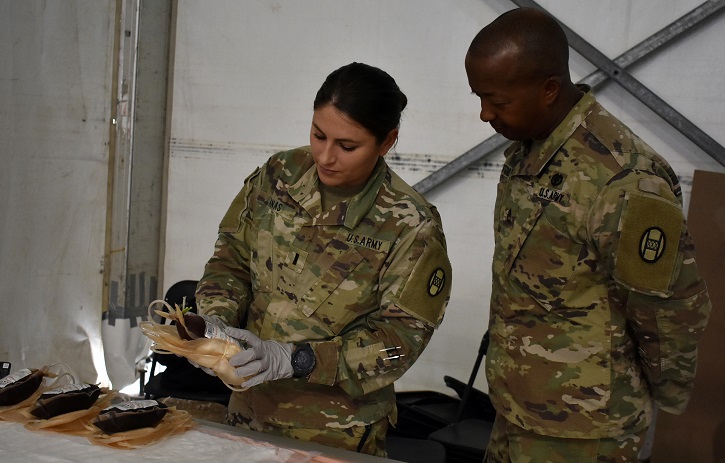
Limited shelf life, canceled blood drives threaten supply
Nearly 10,000 Guardsmen called up for COVID-19 response
Article
3/25/2020
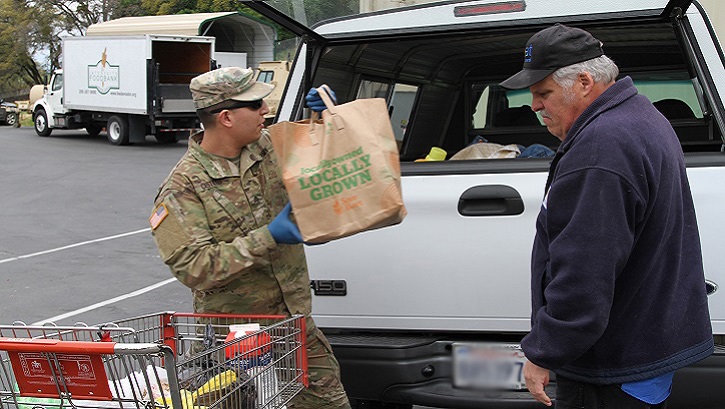
The president left control of the National Guard to the governors and the adjutant generals
DoD aims to fill medical gaps with military while states, cities ramp up
Article
3/24/2020

The secretary sees the military filling gaps in cities, states until they can deal with COVID-19 on their own






















.png)











No hay comentarios:
Publicar un comentario